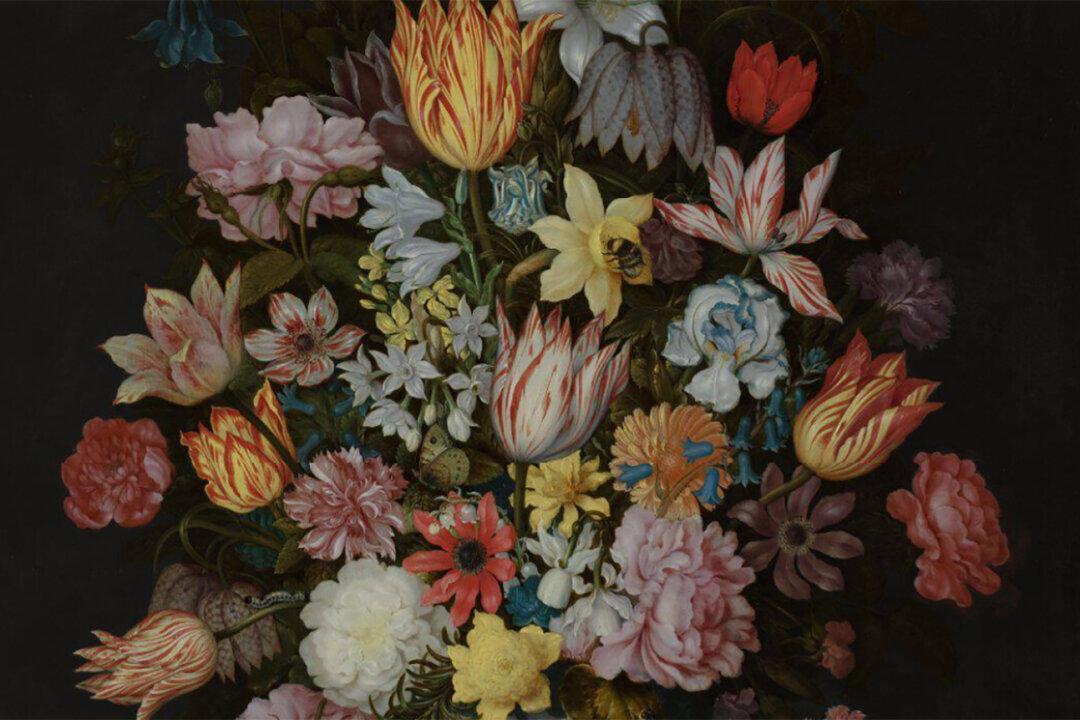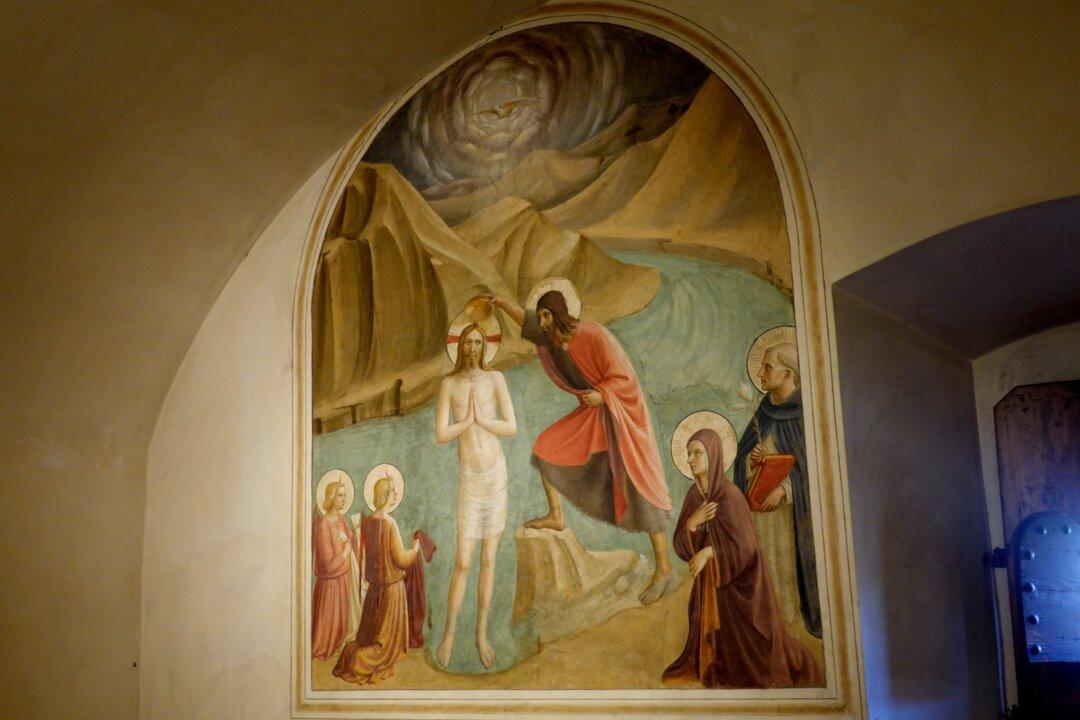The analytic precision with which Ambrosius Bosschaert wielded his brush and the careful symbolic arrangement of specimens in his floral paintings were testaments to the zeitgeist of the Dutch Golden Age, an era of both microscopic and macrocosmic discovery.
Ambrosius Bosschaert the Elder (1573–1621), a Flemish-born Dutch art dealer and painter, became known as one of the earliest painters who established the floral still life as its own independent genre. Replete with symbolism and painted with meticulous scientific accuracy, Bosschaert’s style of floral painting was perpetuated by his three sons, who all followed in their father’s footsteps, preserving the Bosschaert painting dynasty. Middelburg, the city in the southwest region of the Netherlands where Bosschaert spent most of his life, became the principal center for flower painting during the Dutch Golden Age.






